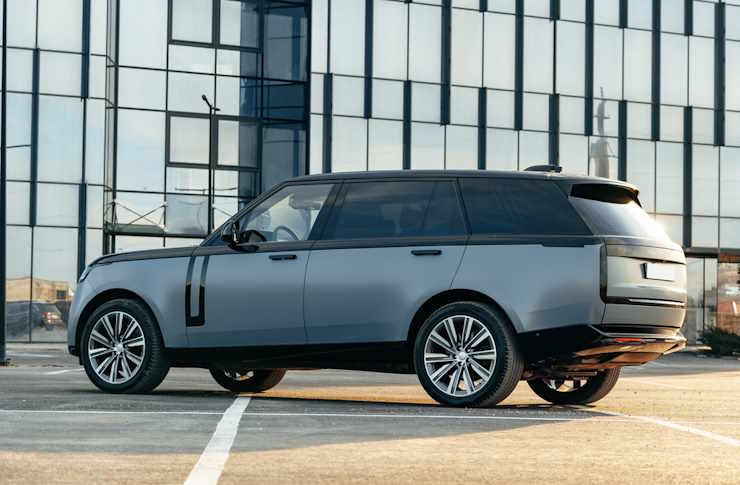"Decoding the Magic of Continuously Variable Transmission”
Imagine cruising down the highway in your car, the engine humming smoothly and the speedometer steadily climbing, but without the familiar 'gear changes.' Welcome to the world of Continuously Variable Transmission (CVT), a technology that's reshaping the way we drive. This article dives into the intricacies of CVT, its history, and how it impacts the future of the automotive industry.

The Genesis of CVT
Continuously Variable Transmission isn’t a new concept. In fact, its roots date back to the late 15th century when Leonardo da Vinci sketched a stepless continuously variable transmission. However, it wasn’t until the late 19th century when the first practical CVT, developed by Daimler and Benz, appeared. This groundbreaking technology aimed to eliminate the need for manual gear shifts, promising smoother acceleration and enhanced fuel efficiency.
How Does CVT Work?
Unlike traditional transmissions that use a set of fixed gears, a CVT operates on a simple principle: two pulleys connected by a belt. One pulley connects to the engine, while the other sends power to the wheels. What makes this system unique is the ability of these pulleys to change their diameter seamlessly, resulting in virtually limitless gear ratios. This means the engine can stay at its most efficient or powerful rpm while the transmission adjusts to changing driving conditions.
The Rise of CVT in Modern Times
Over the past few decades, CVT has made significant strides in the automobile industry. Its adoption was initially slow due to concerns about durability and driver acceptance. However, advancements in materials and electronics have made CVT a viable option for a variety of vehicles, from compact cars to performance-oriented machines. Today, several leading manufacturers, including Nissan, Subaru, and Honda, have embraced CVT, owing to its fuel efficiency and seamless driving experience.
The Impact of CVT: Advantages and Challenges
While CVT offers numerous benefits, it also presents certain challenges. On the upside, CVT provides smoother acceleration, improved fuel economy, and a more refined driving experience. It also requires less space than conventional transmissions, allowing for more flexible vehicle design.
However, CVT isn’t without its pitfalls. Some drivers find the continuous engine drone and lack of traditional gear shifts off-putting. Additionally, early CVTs had durability issues, although modern versions are much more robust. Lastly, while CVTs excel in fuel efficiency, they can sometimes lack the sporty feel that enthusiasts crave from manual or dual-clutch transmissions.
The Future of CVT
As the automotive industry evolves, CVT is poised to play a pivotal role. As more manufacturers turn to CVT to meet stringent emission standards, research and development in this field are accelerating. Future CVTs may feature more advanced materials and control strategies to improve durability and performance. Regardless of the challenges, the CVT is here to stay, providing a glimpse into the future of automotive transmissions.
In conclusion, the Continuously Variable Transmission, while not a new invention, is revolutionizing the modern automotive world. By offering a smoother, more fuel-efficient driving experience, CVT is transforming the way we interact with our vehicles. Despite some drawbacks, its potential for advancement and integration into various vehicle classes signifies a promising future for this intriguing technology.




